predictive analytics

Advantages of predictive analytics
By identifying potential risks, companies can develop risk management strategies and minimize potential losses.
Time to get to know an effective system
Accelerate your business and be one step ahead of your competitors
Predictive ability
With the ability to predict future events based on available data, companies can make more informed decisions for the future.
Increased productivity
The use of data analysis and forecasting can improve the operational efficiency of companies and enable a more effective use of resources.
Risk reduction
By recognizing potential risks in advance, companies can develop risk management strategies and thus reduce potential losses.
What is Predictive Analytics?
Predictive analytics uses historical data, statistical algorithms, and machine learning techniques to identify the likelihood of future outcomes. It goes beyond describing what has happened to providing a best assessment of what will happen in the future.
Data Collection
Gather relevant historical data
Data Cleaning
Prepare and preprocess the data
Model Building
Develop and train predictive models
Prediction
Generate insights and forecasts
Predictive Analytics: Driving Business Value and ROI
The Impact of Predictive Analytics on Business Performance
Predictive analytics has become a crucial tool for businesses seeking to gain a competitive edge. By leveraging historical data and advanced algorithms, companies can forecast trends, optimize operations, and make data-driven decisions.
ROI of Predictive Analytics Implementation
While the initial investment in predictive analytics can be significant, the returns often far outweigh the costs. Here's a breakdown of typical ROI across different industries:
| Industry | Average ROI | Timeframe |
|---|---|---|
| Retail | 45% | 12-18 months |
| Manufacturing | 55% | 18-24 months |
| Financial Services | 70% | 12-16 months |
| Healthcare | 42% | 24-36 months |
Key Application Areas and Benefits
Predictive analytics can be applied across various business functions, each offering unique benefits:
- Customer Analytics: Improve customer retention, personalize marketing efforts, and increase customer lifetime value.
- Supply Chain Optimization: Forecast demand accurately, reduce inventory costs, and optimize logistics.
- Risk Management: Identify potential risks early, enhance fraud detection, and improve compliance.
- Operational Efficiency: Predict equipment failures, optimize resource allocation, and streamline processes.
Get a professional service
Differentiate yourself from your competitors Keep pace with the future

1. Predictive Analytics in Stuttgart, Ludwigsburg, Frankfurt, Mannheim, Karlsruhe, Heidelberg, Freiburg, Nuremberg, and Munich
In economically strong regions such as Stuttgart, Ludwigsburg, Frankfurt, Mannheim, Karlsruhe, Heidelberg, Freiburg, Nuremberg, and Munich, predictive analytics is gaining increasing importance. Companies use modern cloud platforms and machine learning technologies to create informed forecasts and make data-driven decisions.
With tools like Microsoft Azure Machine Learning, Google Cloud AI Platform, and Amazon SageMaker, we deliver scalable predictive analytics solutions that optimize your business processes and create competitive advantages.
2. Leading Technologies and Platforms for Predictive Analytics
For the development and implementation of predictive analytics models, we rely on proven technologies such as:
• Python with libraries like Scikit-Learn, TensorFlow, and Keras for machine learning and deep learning
• R for statistical analysis and forecasting models
• Microsoft Azure Machine Learning, Google Cloud AI Platform, and Amazon SageMaker for cloud-based modeling and deployment
• AutoML platforms like H2O.ai and DataRobot to automate predictive model workflows
These tools enable efficient analysis of large datasets and precise predictions.
3. Integration into Your Existing IT Infrastructure
Our experts support you in integrating predictive analytics into your existing infrastructure, including big data technologies like Apache Spark and data warehouses like Snowflake or Google BigQuery. This ensures seamless data flows and high data quality for your analyses.
4. Security and Compliance in Predictive Analytics
The security of your data has the highest priority. With Cloudflare, modern firewall solutions, as well as data protection and compliance standards (GDPR), we ensure that your predictive analytics systems are protected and operated in compliance with regulations.
5. Darksn – Your Partner for Predictive Analytics in Southern Germany
Whether in Stuttgart, Ludwigsburg, Frankfurt, Mannheim, Karlsruhe, Heidelberg, Freiburg, Nuremberg, or Munich — Darksn offers tailor-made predictive analytics solutions. From consulting and development to monitoring and support, we accompany you on your journey to data-driven, forward-looking business decisions.

